University of Manchester Leads Creative Health Collaboration During Japan Week 2025
Greater Manchester Hosts Japanese Delegation for Cultural Prescribing Exchange
Greater Manchester in September 2025, welcomed a group from Japan’s Art and Wellbeing aa-Tomo programme, which was a part of the Japan Week 2025 cultural programme. This programme provided a much-needed international insight into creative health. The event brought together experts, researchers and health professionals to discuss how creativity, culture and heritage can enhance wellbeing within diverse societies. The aa-TOMO programme, a ten-year vision of the National Centre for Art Research and Tokyo University of the Arts. It is leading on cultural prescribing throughout Japan, collaborating with museums, universities, healthcare professionals and industry partners. Their visit was an extension of a growing exchange with Greater Manchester, reinforcing the UK–Japan strategic partnership in health and signalling mutual aspirations for inclusive, creative responses to global well-being.
Creative health, employing creativity, culture and heritage to enhance wellbeing, is capturing national attention throughout the UK, particularly in Greater Manchester. The area wants to be the world's first Creative Health City Region, demonstrating the role that museums, galleries and cultural organisations can have in public health.
In September, as part of the Japan Week 2025 cultural programme, Greater Manchester hosted counterparts from Japan's Art & Wellbeing aa-TOMO programme. The 10-year-old initiative by the National Centre for Art Research and Tokyo University of the Arts is implementing cultural prescribing programmes throughout Japan. These are partnerships with museums, universities, healthcare services and private sector organisations to address health through creative participation.
This visit followed on from previous dialogue between Greater Manchester and aa-TOMO, such as the Japanese translation of the Greater Manchester Creative Health Strategy. The goal is to exchange ideas and develop the UK–Japan strategic partnership in health, particularly regarding how cultural institutions can enhance wellbeing.
At Manchester Museum, a public panel discussion discussed Japan's creative health work. Sawako Inaniwa presented Creative Ageing ZUTTOBI, a project that involves bringing health professionals to museums to co-design sessions for older people and those living with dementia. The sessions make the participants feel included, enable them to share memories, and alleviate isolation.
Takashi Kiriyama discussed the "Hello Future! 100-Year Museum" exhibition at EXPO 2025 in Osaka, which brought cultural prescribing to the public eye. The exhibition employed health and technology innovation, such as NFC tagging, to enable visitors to upload images and contribute to research using digital information. Julie McCarthy and Charlotte Leonhardsen from Greater Manchester provided an update on the GM Creative Health Place Partnership. This three-year initiative promotes creative health policy in the UK by piloting new ways of working and making creativity a part of the health and social care system. They explained how health policy and creative arts can assist people with long-term conditions or who are at risk of isolation.
The panel further debated common challenges, like the measurement of impact, building mutual understanding between sectors, and creative health's role in reducing instead of exacerbating inequalities. These discussions demonstrated how cultural exchange and global health can generate new thinking and more robust collaborations.
In Japan, Tokyo University of the Arts coordinates more than 40 partners via its Arts-based Communication Platform, which unites welfare, healthcare and technology to construct a more inclusive society. Likewise, in Greater Manchester, numerous organisations are collaborating to drive creative health. One of the critical roles in this work is that of the University of Manchester Research Associate in Knowledge Mobilisation, who facilitates connections between research, policy and practice. This enables the University of Manchester's global health work and provides new possibilities for collaboration between education and the arts within universities in Manchester, UK.
In the future, both countries will keep collaborating to research creative health, exchange expertise on social prescribing, and engage international students and health studies in upcoming projects. The UK-Japan creative health conversation is facilitating a more inclusive and creative global wellbeing response. Through the marriage of research, culture and technology, the two nations are creating a common vision for healthier, more connected communities.
Editor's Note
This dialogue between Greater Manchester and Japan's aa-TOMO programme is an outstanding demonstration of the way global collaborations can build the future of creative health. Coinciding with Japan Week 2025, the visit provided new energy and perspective to the developing UK–Japan creative health conversation, demonstrating how culture, creativity and heritage can really underpin people's wellbeing. Both regions are obviously dedicated to the creation of inclusive, creative societies where art and culture are integral to day-to-day wellness. Japan's activities in cultural prescribing, particularly through initiatives such as ZUTTOBI and the 100-Year Museum exhibit, demonstrate how museums and technology can be used to benefit older people and those living with dementia. Even Greater Manchester's own initiatives, such as its Creative Health Place Partnership and its efforts to become the world's first Creative Health City Region, are impressive. Not only is the region discussing change, it's piloting new ideas, instilling creativity within health systems, and collaborating across sectors to create results. The conversations at Manchester Museum were candid and forward-thinking. Issues such as impact measurement and closing gaps between health and culture were addressed directly. It's obvious that both are benefiting from one another, and that there is genuine potential for this UK–Japan strategic alliance for health to have international thought leadership.
According to Skoobuzz, the University of Manchester's role in bridging research, policy, and practice is critical. It demonstrates how Manchester UK universities are contributing to the forefront of global health and culture exchange, and how health research and international students can contribute to shaping creative health for the future.
FAQ
1. What is the UK–Japan dialogue on creative health?
It is an ongoing exchange between the UK and Japan to share ideas and experiences about how creativity, culture and heritage can support people’s health and wellbeing. This dialogue brings together researchers, museums, universities and health professionals to learn from each other and build stronger partnerships.
2. How is the University of Manchester involved in Japan Week 2025?
During Japan Week 2025, the University of Manchester helped host a visit from Japan’s aa-TOMO programme. The university took part in public discussions and is working with partners in Greater Manchester to connect research, policy and practice in creative health. It also supports international collaboration and knowledge sharing.
3. Why is creative health important for global policy?
Creative health helps people feel better, stay connected and live meaningful lives. It can reduce loneliness, support mental health, and improve care for older adults. By including creativity in health systems, countries can build fairer and more inclusive policies that focus on the whole person, not just medical treatment.
4. Which universities support UK–Japan cultural partnerships?
Universities such as the University of Manchester, Tokyo University of the Arts, and others in Greater Manchester and Japan are actively involved. They work together on research, exhibitions, and cultural programmes that explore how art and creativity can improve wellbeing.
5. How does art contribute to health and well-being?
Art gives people a way to express themselves, connect with others, and feel part of something. It can help reduce stress, improve mood, and support memory and communication, especially for older adults or those living with dementia. Museums and galleries offer safe spaces for people to enjoy, reflect and share experiences.







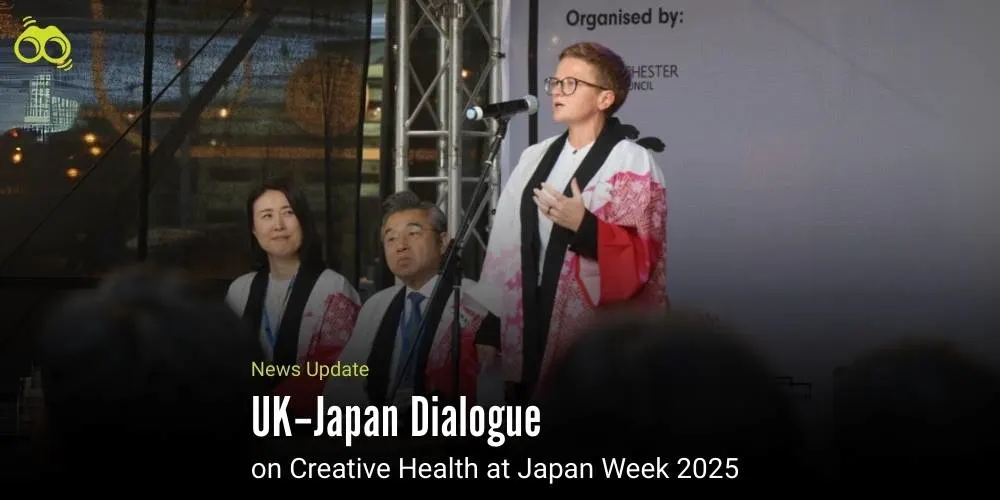
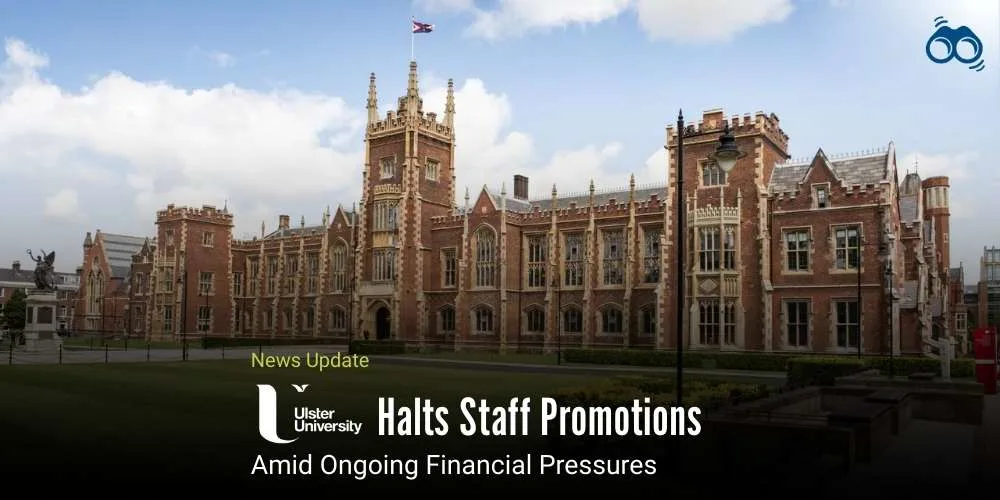
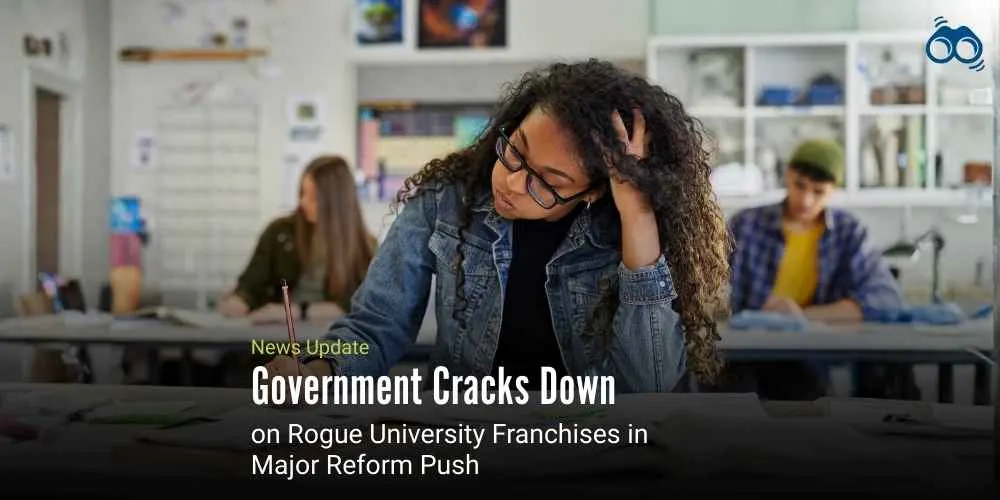
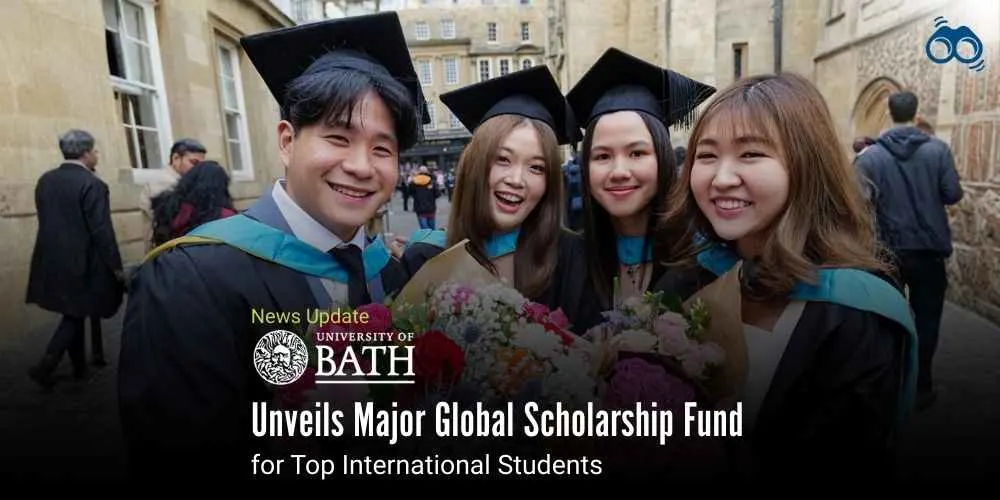
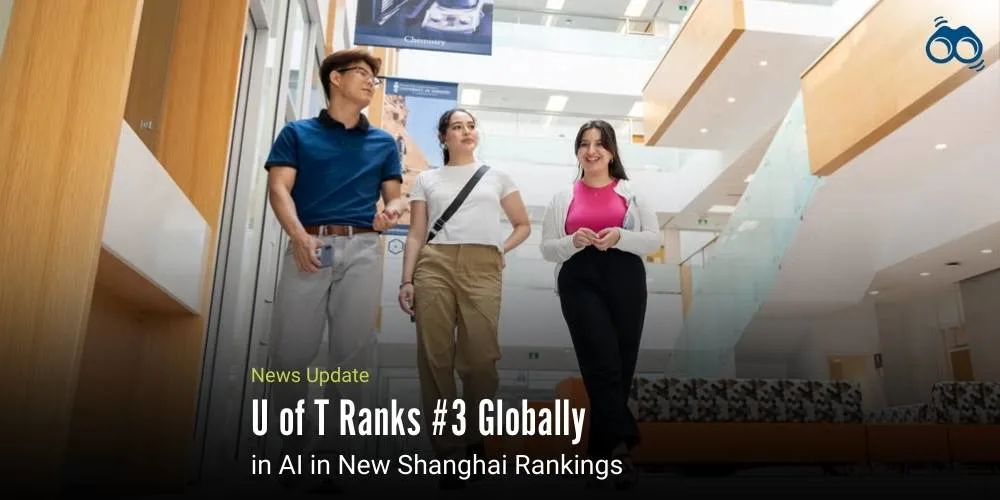


0 Comments (Please Login To Continue)